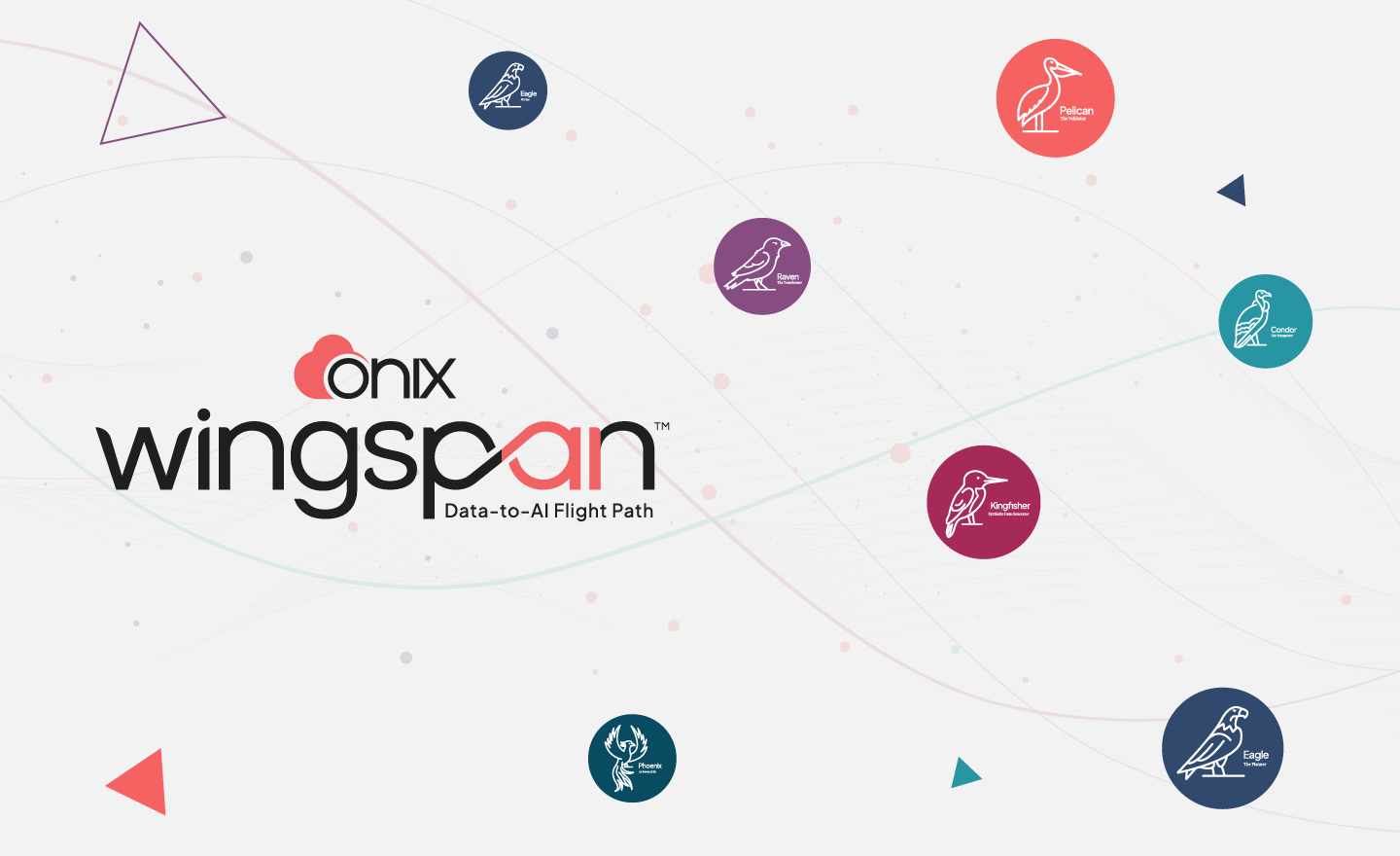In today’s rapidly evolving digital landscape, ensuring the security of your cloud environment is paramount. With an increasing number of security concerns, threats and vulnerabilities, it’s crucial to adopt robust security practices to safeguard your valuable data. In this blog post, we will explore some best practices for cloud security, specifically focusing on Google Workspace and Google Cloud. We’ll delve into topics like zero trust with BeyondCorp and Google Workspace security. Let’s dive in and discover how you can fortify your cloud environment.
A Shift in Security Paradigm:
Traditional security models relied heavily on perimeter defenses, assuming trust within the network. However, BeyondCorp is a revolutionary approach that challenges this assumption by adopting a zero trust mindset. BeyondCorp emphasizes verifying trust for every access request, regardless of location or network. By implementing zero trust principles with Google BeyondCorp, organizations can establish granular access controls, strong authentication mechanisms, and continuous monitoring, thereby reducing the attack surface and enhancing overall security posture.
Zero Trust Security Model with Google Cloud:
The Zero Trust security model, gaining traction across industries, revolves around the principle of “never trust, always verify.” Here are some key components of Zero Trust implementation within Google Cloud:
- Identity and Access Management: Implement robust identity and access management policies to ensure only authorized users can access resources. Utilize Google Cloud Identity and Access Management (IAM) to define fine-grained access controls based on least privilege principles.
- Multi-Factor Authentication (MFA): Enable MFA across all user accounts to add an extra layer of verification, reducing the risk of compromised credentials.
- Network Segmentation: Segment your network to create security zones and enforce access controls between these zones. Leverage Google Cloud VPC (Virtual Private Cloud) to establish isolated environments for different workloads.
- Continuous Monitoring and Threat Detection: Deploy robust monitoring and threat detection solutions, such as Google Cloud Security Command Center and Cloud Monitoring, to gain real-time visibility into your environment and detect suspicious activities promptly.
Securing Collaboration with Google Workspace:
Google Workspace has become a go-to cloud productivity suite for businesses worldwide. While it offers various collaboration features, it’s essential to ensure that your Google Workspace deployment is secure. Here are some recommended security practices:
- Enable Two-Factor Authentication (2FA): Protect user accounts by enabling 2FA, adding an extra layer of security to prevent unauthorized access.
- Set Strong Password Policies: Enforce robust password policies,including password complexity, expiration, and lockout thresholds, to reduce the risk of brute force attacks.
- Implement Data Loss Prevention (DLP): Leverage Google Workspace’s DLP capabilities to detect and prevent the accidental or intentional exfiltration of sensitive data, ensuring compliance with data protection regulations.
- Train Employees on Security Awareness: Educate your workforce on security best practices, including phishing prevention, recognizing social engineering tactics, and secure file sharing, to foster a security-conscious culture.
Google Workspace Security Controls:
Google Workspace provides various security controls to enhance data protection and privacy. Consider implementing the following measures:
- Encryption: Enable data encryption at rest and in transit to safeguard sensitive information from unauthorized access.
- Device Management: Utilize Google Workspace’s mobile device management features to enforce security policies, such as device encryption, screen lock, and remote wipe capabilities, ensuring secure access to corporate data.
- Application Access Control: Leverage Google Workspace’s application access control features to manage and control third-party applications’ permissions, reducing the risk of data leakage and unauthorized data access.
As organizations increasingly adopt cloud technologies, prioritizing cloud security becomes paramount. By implementing best practices like Google’s BeyondCorp, securing Google Workspace, and adopting the Zero Trust security model within Google Cloud, Onix can secure your cloud infrastructure against potential threats.
To further enhance your understanding of Google BCE and Google Workspace security for your security needs and the enforcement of zero trust, download the whitepaper, “Transforming Remote Access with Google BeyondCorp Enterprise.” This comprehensive resource provides insights into building a compelling business case for using Google BCE and involves key stakeholders in the execution of the BCE project. It also addresses critical decisions related to regulatory compliance and change management. The whitepaper covers various design strategies and outlines the necessary steps to implement a Google BCE project successfully.








